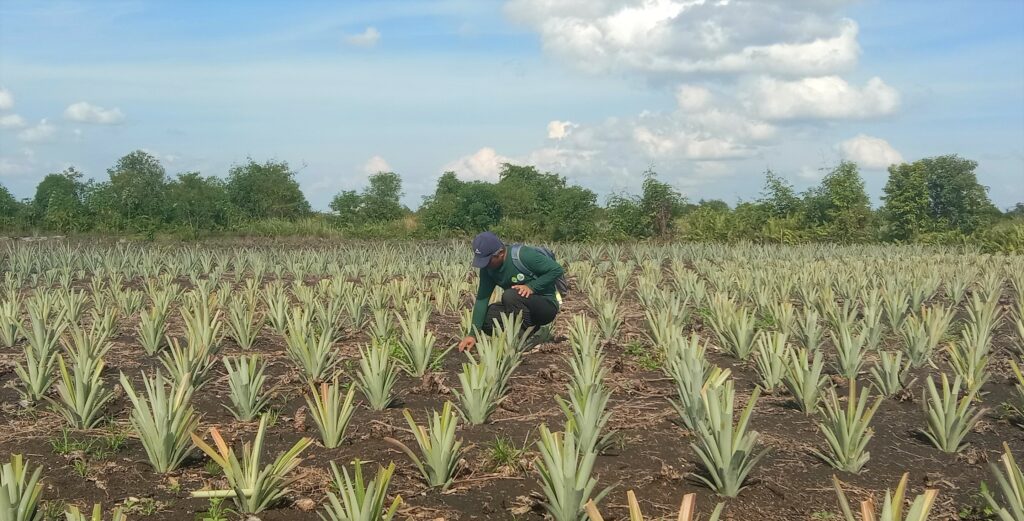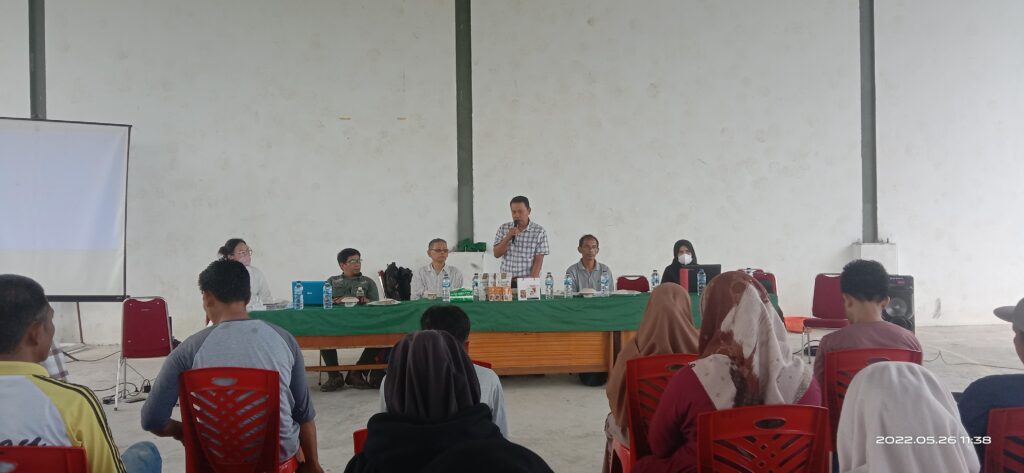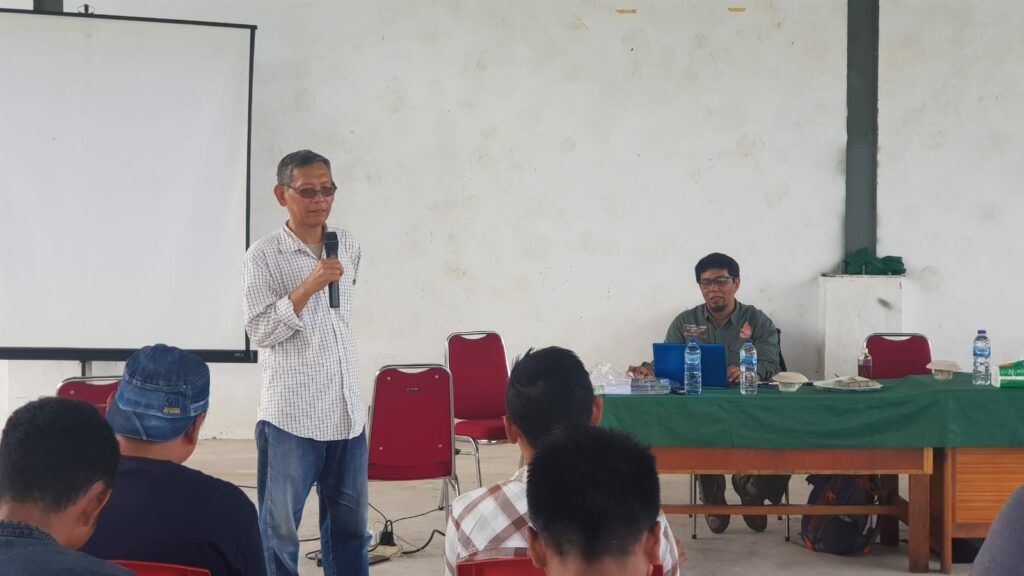Development of small-scale economically-feasible and peat-friendly land use systems (in collaboration with Indonesian Peat Restoration Agency and CIFOR)
Background
In 2015, the forest and land fires in Riau, Jambi, South Sumatra, West, and Central Kalimantan were categorized as a national disaster in Indonesia causing environmental, economic, tourism, and education losses. In 2019, the fires occur again, which less extensive compared to 2015 but still causing significant impacts. The impacts from fires were beyond the country. Transboundary haze from fires in Sumatra and Kalimantan affected also neighboring countries, including Singapore, and Malaysia and is associated with chronic respiratory disease, which can be further aggravated by the current spread of COVID-19. From 2018 to 2020, CIFOR and the University of Riau (UNRI), with the support of Temasek Foundation (TF) and Singapore Cooperation Enterprise (SCE), developed and enhanced a model for community-based fire prevention and peatland restoration practices at Dompas Village, Bengkalis Regency, Riau Province. The project activities tested the Participatory Action Research (PAR) approach and it showed initial success in Dompas village, where communities are now equipped with improved knowledge, techniques, managerial skills, and networks. After the implementation of PAR, the community has become the driver of actions that provide environmental, economic, and social benefits, and reduces fire risks. In the second phase project of the Temasek-funded program, CIFOR and partners will continue to scale up the community-based fire prevention and peatland restoration model in Indonesia, starting with Siak Regency.
Siak Regency, located in Riau province, contains the largest peatland area on Sumatra Island. Recurring fire on peatlands remains one of the biggest threats for peat in the regency. Most of the fires that occurred between 2014-2019 in Siak have occurred in an area with a medium to high coverage of peat. The Siak vegetation fires in early 2020 were considered the most extensive across Riau Province. The Government of Siak Regency has invited to scale out the community-based fire prevention and peatland restoration work in Dompas to Siak, Riau. Aiming similar success as the program in Dompas and following a number of discussions with Siak stakeholders, we have been strategizing how to pilot the PAR approach in the Siak Regency as a contribution towards the Green Siak Initiative (Siak Hijau). The initiative is regulated through a Regent Regulation No. 22/2018 that serves as a guideline for the district governments of Siak, communities, and the private sector towards sustainable natural resource management for the welfare of the Siak people. Together with a coalition of non-governmental organizations named Sedagho Siak, the government translated the regulation into the Green Siak Roadmap that focuses on (i) fire suppression, prevention, and post-fire rehabilitation and (ii) enhancing the role of community and villages in fire prevention. The Siak stakeholders recognized that the developed and enhanced model for community-based fire prevention and peatland restoration practices developed in Dompas can make a positive contribution to implementing the Green Siak Roadmap. Beyond this, considering the positive political developments at the provincial level, it is realistic to assume that the “Siak Hijau” concept will be scaled up and foster into “Riau Hijau” at the provincial level.
Objectives
The intended impact of this project is to reduce fire and greenhouse gas (GHG) emissions across Siak Regency, Riau Province through the promotion of fire-free land clearance techniques that restore peatland and provide livelihood benefits for local communities. This goal will be achieved through application and gathering science-based lessons learned from the ground through PAR activities and building the knowledge of the community, local government by involving other stakeholders such as private companies and NGOs. PAR, dissemination, and knowledge transfer activities are expected to support the implementation of three expected outcome which are:
Activities

























